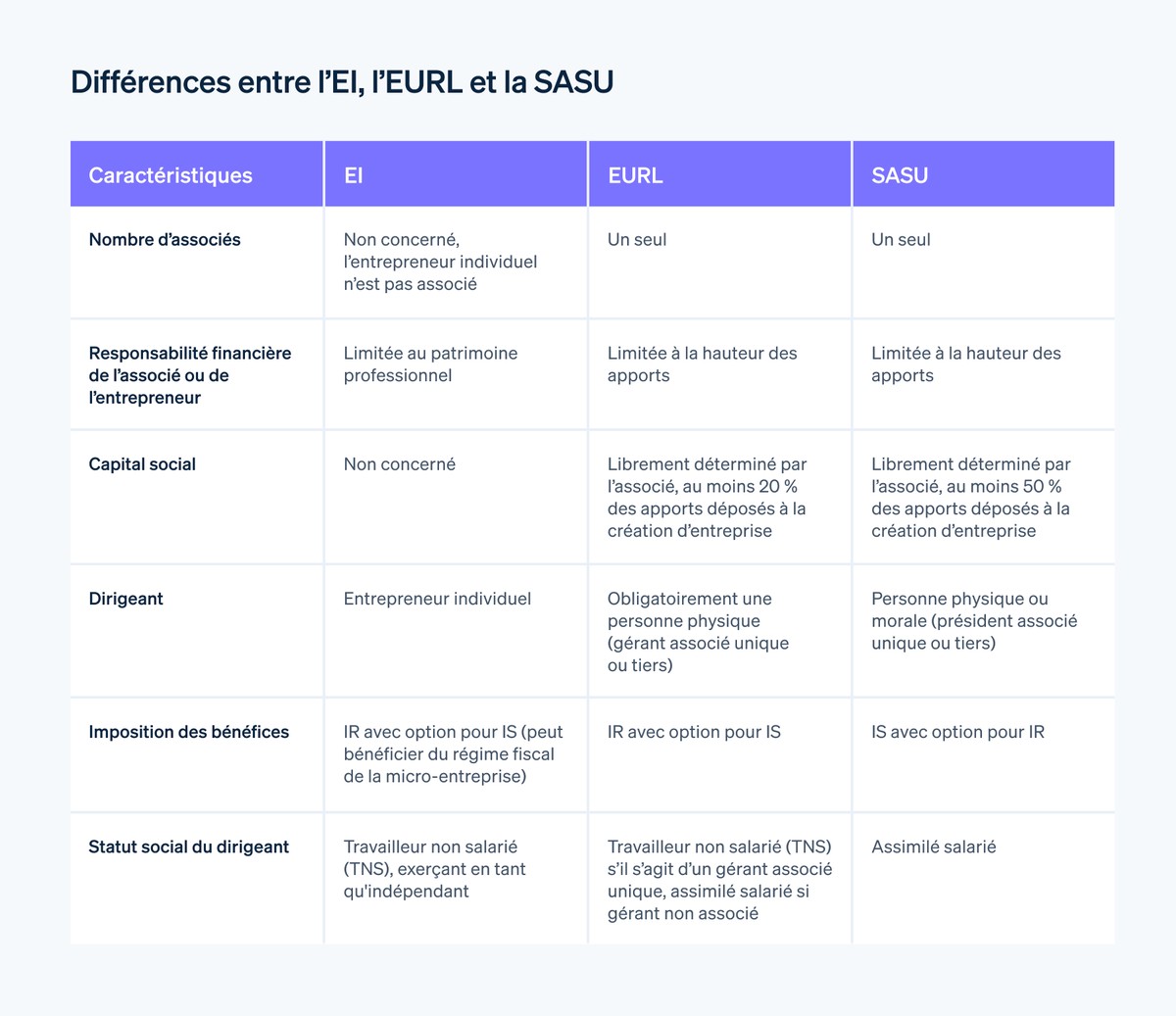Systematic risk remains one of the most critical factors influencing returns in perpetual futures trading. For expert investors, understanding and mitigating this risk is essential for preserving capital, optimizing leverage, and maximizing long-term portfolio performance. This guide offers a comprehensive analysis of systematic risk tips for expert investors in perpetual futures, covering advanced strategies, risk assessment tools, and practical mitigation techniques.
Understanding Systematic Risk in Perpetual Futures
What Is Systematic Risk?
Systematic risk, often called market risk, refers to the inherent uncertainty that affects the entire market or a particular asset class. Unlike idiosyncratic risk, which is specific to individual assets, systematic risk cannot be eliminated through diversification alone.
In the context of perpetual futures, systematic risk manifests through:
- Market-wide volatility: Sudden swings in crypto, commodities, or indices
- Leverage exposure: Amplified losses during adverse price movements
- Funding rate fluctuations: Impacting profit/loss for long and short positions
Understanding these factors is essential for expert investors seeking sustainable returns.
Why Systematic Risk Matters in Perpetual Futures Trading
Systematic risk influences:
- Position sizing: Over-leveraged positions are more vulnerable to market shocks
- Portfolio diversification: Misaligned exposure can amplify losses
- Risk-adjusted returns: Market-wide trends determine the effectiveness of strategies
By actively monitoring systematic risk, investors can reduce unexpected drawdowns while maintaining exposure to high-return opportunities.

Illustration of systematic risk impact on perpetual futures positions and portfolio performance.
Assessing Systematic Risk in Perpetual Futures
Method 1: Quantitative Metrics
Expert investors often rely on quantitative metrics to evaluate systematic risk:
Beta Measurement:
- Measures correlation between a perpetual futures asset and the broader market
- High beta indicates higher market sensitivity
- Measures correlation between a perpetual futures asset and the broader market
Value at Risk (VaR):
- Estimates the maximum potential loss under normal market conditions
- Useful for risk budgeting across multiple contracts
- Estimates the maximum potential loss under normal market conditions
Stress Testing:
- Simulates extreme market conditions
- Assesses portfolio resilience to systematic shocks
- Simulates extreme market conditions
How to assess systematic risk in perpetual futures: Using a combination of beta, VaR, and stress testing provides a structured approach to gauge market vulnerability.
Method 2: Market Sentiment and Liquidity Analysis
- Funding Rate Trends: Monitoring funding rates helps detect excessive long or short positions that may lead to systemic instability.
- Liquidity Metrics: Low liquidity amplifies the effect of systematic shocks, increasing the risk of slippage and forced liquidations.
Where to find systematic risk data for perpetual futures: Platforms like Glassnode, CoinGecko, and crypto exchanges provide real-time funding rates, liquidity pools, and sentiment indicators.

Dashboard showcasing systematic risk metrics including beta, VaR, and funding rate trends for perpetual futures portfolios.
Mitigating Systematic Risk
Strategy 1: Diversification Across Asset Classes
- Spread exposure across crypto, indices, and commodities
- Include inverse or hedging perpetual futures
- Adjust allocation dynamically based on market volatility
Advantages:
- Reduces sensitivity to a single market
- Balances risk-adjusted returns
Disadvantages:
- May dilute upside potential if markets trend strongly
Strategy 2: Leverage Optimization and Risk Limits
- Limit leverage based on market volatility and portfolio beta
- Implement dynamic margin adjustments to reduce liquidation risk
- Combine stop-loss and trailing stop orders for risk control
Pros:
- Limits losses during systemic shocks
- Enhances control over portfolio drawdowns
Cons:
- Conservative leverage may reduce profit potential in trending markets
How to mitigate systematic risk in perpetual futures: Combining diversification, leverage control, and stop-loss protocols is the most effective approach for expert investors.
Visualization of risk mitigation strategies including diversification, leverage control, and hedging in perpetual futures.

Advanced Tools and Analytics for Expert Investors
- Algorithmic Risk Models: AI-driven models detect early signs of systematic risk and suggest position adjustments.
- Portfolio Rebalancing Software: Maintains target beta and volatility thresholds automatically.
- Scenario Analysis Platforms: Evaluate multiple market shock scenarios to optimize risk-reward decisions.
By integrating systematic risk evaluation methods for perpetual futures, expert investors can make informed, timely adjustments to their portfolios.
Practical Application: Case Study
Scenario: BTC perpetual futures exposed to a sudden 15% market drop.
- Step 1: Beta analysis predicts portfolio loss ~10%
- Step 2: Stop-loss orders and inverse contracts reduce actual loss to ~4%
- Step 3: Funding rate monitoring allowed dynamic position adjustments
This example demonstrates the importance of systematic risk management for perpetual futures in finance, combining analytics with proactive hedging strategies.
FAQ: Systematic Risk in Perpetual Futures
1. How systematic risk affects perpetual futures investments?
Systematic risk amplifies losses across all leveraged positions when market-wide shocks occur. Awareness of beta, VaR, and funding rates helps investors anticipate and mitigate these effects.
2. What tools can expert investors use for systematic risk control?
Risk dashboards, algorithmic models, stress-testing platforms, and dynamic margin management tools are essential for real-time risk control.
3. Why is systematic risk crucial in perpetual futures?
Since perpetual futures are leveraged and continuously rolled, systemic market movements can cause rapid liquidation. Understanding systematic risk ensures capital preservation and sustainable trading strategies.
Conclusion
Expert investors in perpetual futures must adopt a proactive approach to systematic risk. By combining quantitative metrics, diversification strategies, leverage optimization, and advanced analytics tools, investors can:
- Minimize unexpected drawdowns
- Enhance risk-adjusted returns
- Build resilient portfolios capable of weathering market-wide volatility
Mastering these strategies positions retail and professional traders alike to capitalize on market opportunities while managing inherent systemic exposures.
